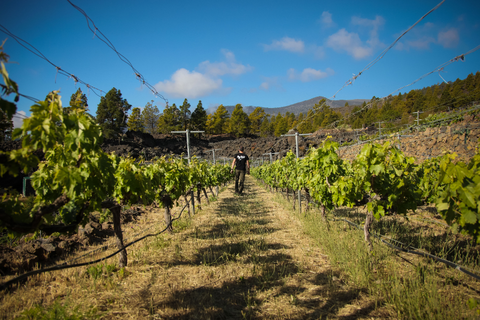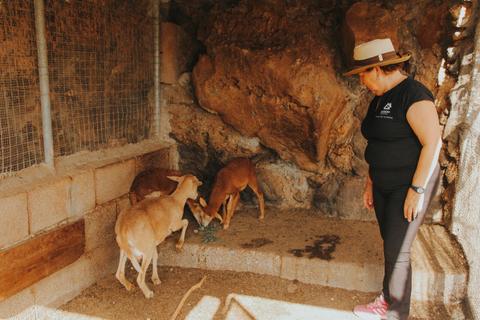Organic farming presents various challenges, which it is up to each farmer to want to face. In this case, we will focus on talking about how to ensure environmental sustainability and the health of the earth.
Maintaining fertile soil is essential for caring for the ecosystem , as well as protecting the well-being of the population. Faced with this fact, an agricultural model appears that increasingly resonates as an effective way to reverse the situation: regenerative agriculture .
What is regenerative agriculture?
As its name indicates, this type of agriculture consists of rehabilitating the soil and keeping it productive for as long as possible.
Therefore, its objective is to revitalize, promote and preserve the fertility and biological diversity of the soil , favoring a soil that houses a wide variety of life and organic material, and that can generate food using available natural resources.

Techniques within regenerative agriculture
Farmers who promote these practices do so using agricultural techniques that naturally nourish plants and protect the soil from interventions that may affect its biological processes.
Based on this, the practices proposed by regenerative agriculture are characterized by:
- Eliminate tillage , as it breaks down the soil structure.
- Maintain the vegetation cover , so as not to leave the land bare and prevent its erosion.
- Increase plant diversity and production ; combine agriculture and livestock, using grazing animals to fertilize the land, while the animals enjoy good nutrition.
- Plan better use of water
- Avoid using fertilizers , pesticides and chemical fertilizers to avoid damaging the soil.
One step further in the production of organic wine: the case of Bodegas Ferrera
The pillars of our wines are based on wine production under organic farming . For Bodegas Ferrera it is essential to produce wine using healthy grapes without waste . That's why our focus extends to regenerative agriculture.
In this type of agriculture, it is important not to disturb the soil too much. Instead, in our plantations, we keep the soil covered with vegetation , such as grasses and local plants , to protect it from being blown away by wind or water.
It is also key to change the crops we plant in the soil and avoid always using the same ones . When we grow different types of plants, we create an environment where the roots, the microorganisms in the soil, and the insects that help us work together to improve the soil.

Additionally, through this practice we incorporate livestock into our agricultural operations . In the case of Bodegas Ferrera, our own Pelibuey sheep play a crucial role in promoting the health and natural fertility of the soil. They feed on the products that the farm produces and their organic waste, transformed by red worms, becomes a valuable fertilizer that enriches the nutrient cycle of the soil.
All of this is part of a circular system that has allowed us to develop a resilient agricultural system , capable of revitalizing soil health, promoting biodiversity, conserving water and ensuring long-term sustainability.











